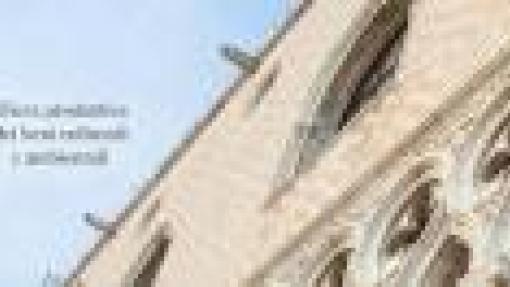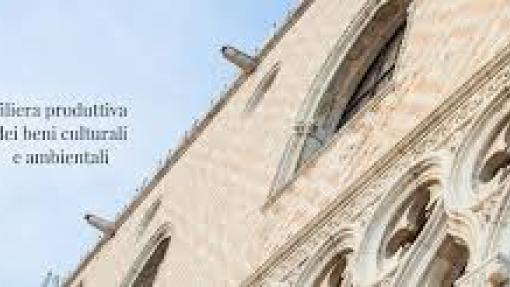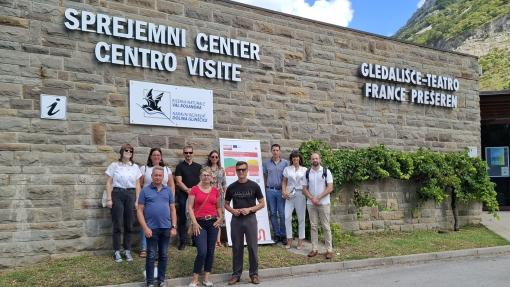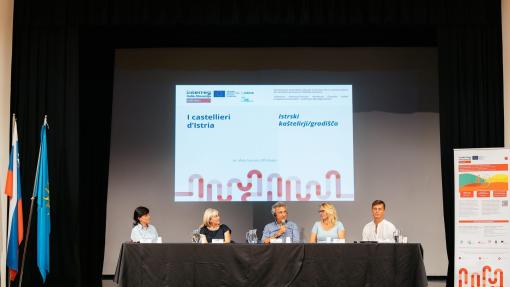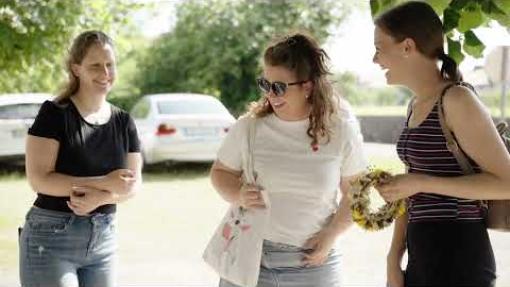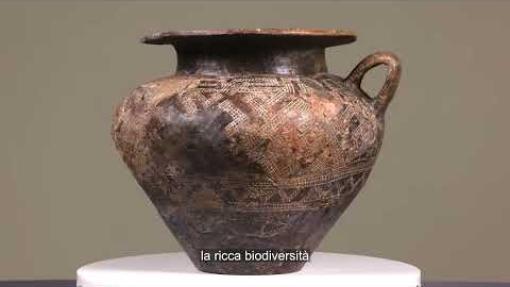
KAŠTellieri
Policy objective: PO4 - A more social and inclusive Europe implementing the European Pillar of Social Rights
Specific objective: SO 6 - enhancing the role of culture and sustainable tourism in economic development, social inclusion and social innovation
Typology: Standard project
Short description of the project: The area stretching from Kvarner through Istria, Čičarija, Brkini, continuing through the Karst region to the Veneto region encompasses a blend of shared natural features as well as a rich common history. This densely populated territory, as evidenced by the remarkable density of hillforts dating from the Bronze and Iron Ages (2nd to 1st millennium BC), known as "castellieri," "kašteljeri," "zidine," "gradine," and "kaštelirji," is interconnected by the almost forgotten cultural heritage of the region. In the project, the terms "castellieri" is used to name these prehistoric hillforts.This is the primary reason for crossborder cooperation within the KAŠTellieri project, which has successfully revived this heritage in the cross-border area between Slovenia and Croatia (Interreg SI-HR 2014-2020), and it is precisely for this reason that we want to capitalize on it within the KAŠTellieri project. That is, to enhance and transfer it to the cross-border area of Italy-Slovenia. A comprehensive valorization, interpretation, and revival of this kind of heritage across the entire area where it appears can be achieved only with cross-border collaboration. The main common challenge of the KAŠTellieri project is to revive the ancient cross-border cultural heritage and intangible heritage of the people of that era, interpret it, and present it in a contemporary manner using digitalization and creative industries, serving sustainable tourism while respecting environmentally friendly practices. The project's focal point is the prehistoric cultural heritage of hillforts/castellieri, which appeared during the Bronze Age and flourished in the Iron Age. Today, much of it is overgrown by shrubs and forests. In the KAŠTellieri project, we aim to contribute to reducing the carbon footprint of tourism and minimizing its environmental impact through green initiatives while increasing social responsibility. In addition to the aforementioned challenges, the KAŠTellieri project will help address two other pressing issues in the program area: the concentration of tourist flows in the coastal area and seasonality. By involving local communities, the KAŠTellieri project will redirect tourist flows to rural areas, aligning with the goals of tourism development in the border hinterlands of both countries. The project will significantly contribute to reducing seasonality in cross-border tourism, helping to improve economic conditions at the destination and mitigate issues related to overcrowded coastal cities during the tourist season.
It is important to emphasize that cross-border networking of project partners and a broad spectrum of other stakeholders will lead to significant knowledge exchange, offering substantial added value for each project partner and the project area. Furthermore, it will result in numerous synergistic effects in the project area.
- Preserving, evaluating and protecting the cultural heritage of castellieri as part of a sustainable cultural-tourist destination in the cross-border region of the Upper Adriatic proto-historic castellieri.
- Revitalise, promote and interpret the selected sites through innovative and sustainable cross-border tourism products with an emphasis on digitalisation, social inclusion and green transition.
- Development of a common strategy and action plan for the sustainable cultural-tourism destination "Cross-Border Land of Prehistoric Hillforts/Castellieri of the Upper Adriatic";
- Jointly developed and implemented pilot initiatives, including the establishment of a unique crossborder Archaeological Institute for the Upper Adriatic and the establishment of an extended Cross-Border Consortium for Prehistoric Hillforts/Castellieri of the Upper Adriatic. Within the framework of jointly designed pilot initiatives, there will also be pilot initiatives related to digital heritage interpretation, including the upgraded avatar Aviko, a virtual web platform-tourist guide Kastelir.eu, the cross-border cycling product "Kaštelirji Road," 3D models of hillforts, sustainable cross-border tourism products of 5-star experiences, and more. External info-interpretation points at hillforts will also be established as part of the pilot initiatives;
- Implementation of joint training programs for tourist guides, candidates for tourist guides, hospitality and other tourism providers, as well as people with special needs. Additionally, archaeological workshops for children will be conducted;
- Public joint-organized cross-border events as part of the preparation of the strategy and action plan, two editions of "Day of Castellieri," castellieri festivals, cross-border training, and a cross-border study tour for tourist guides and journalists and influencers.
